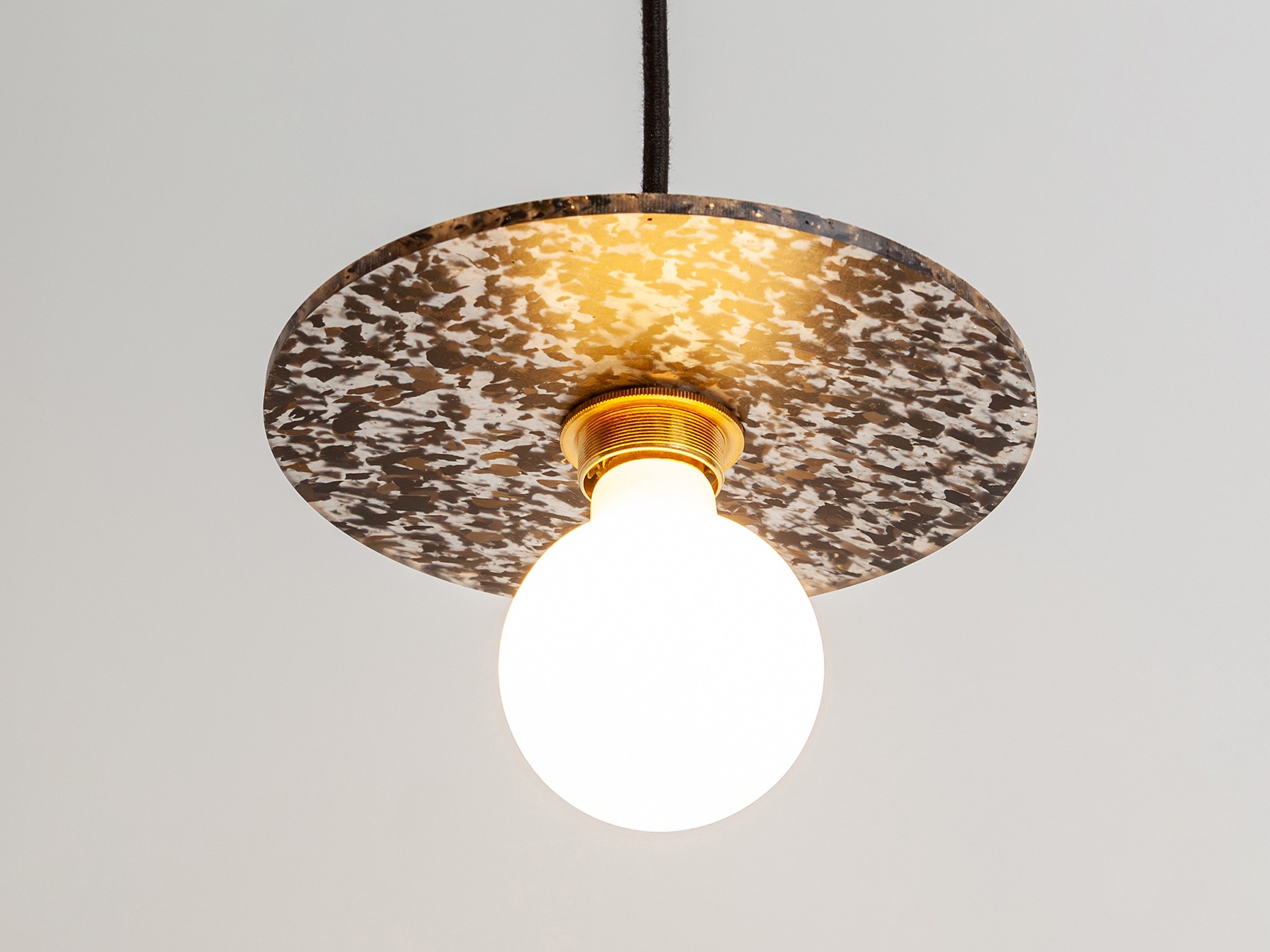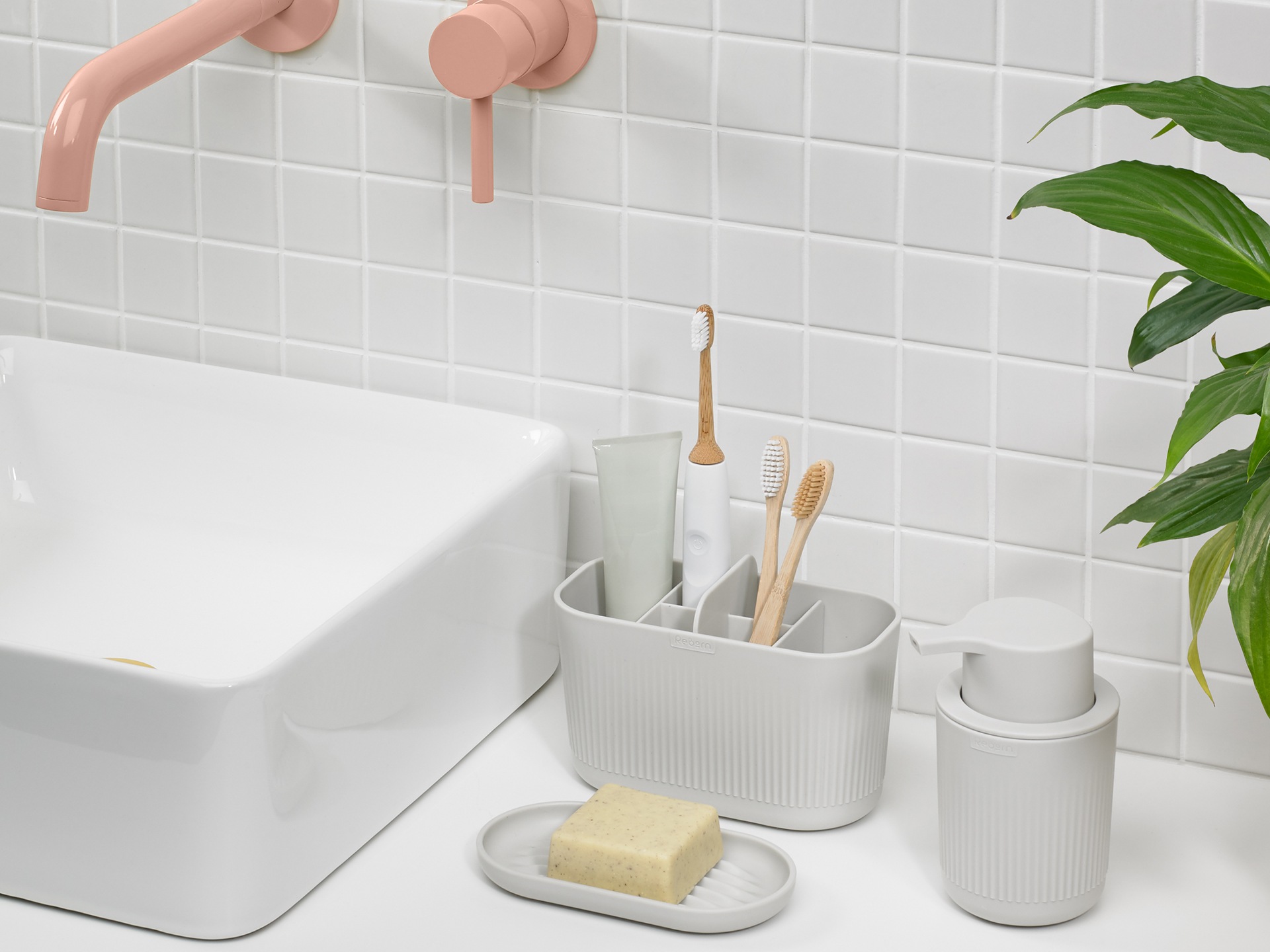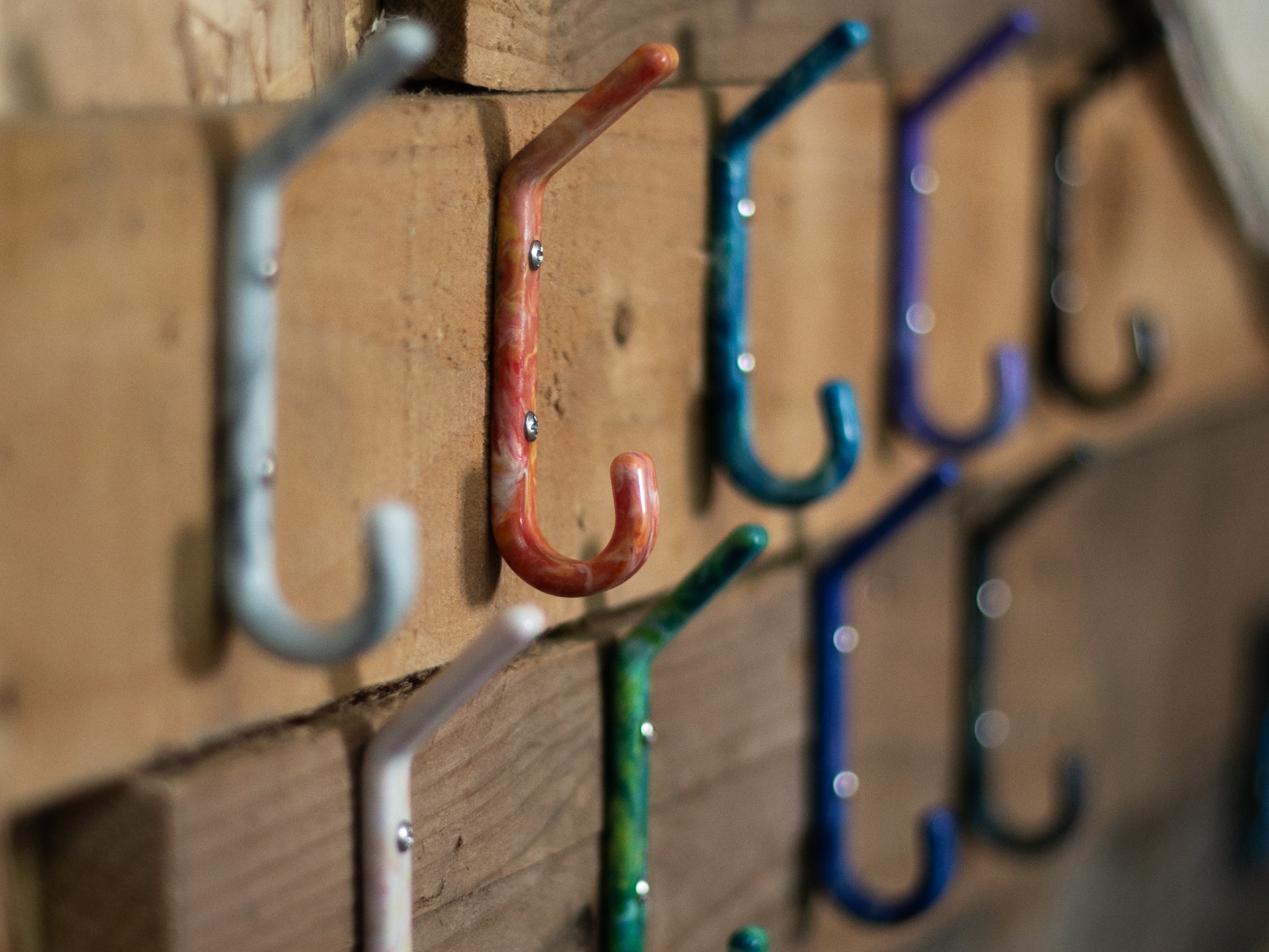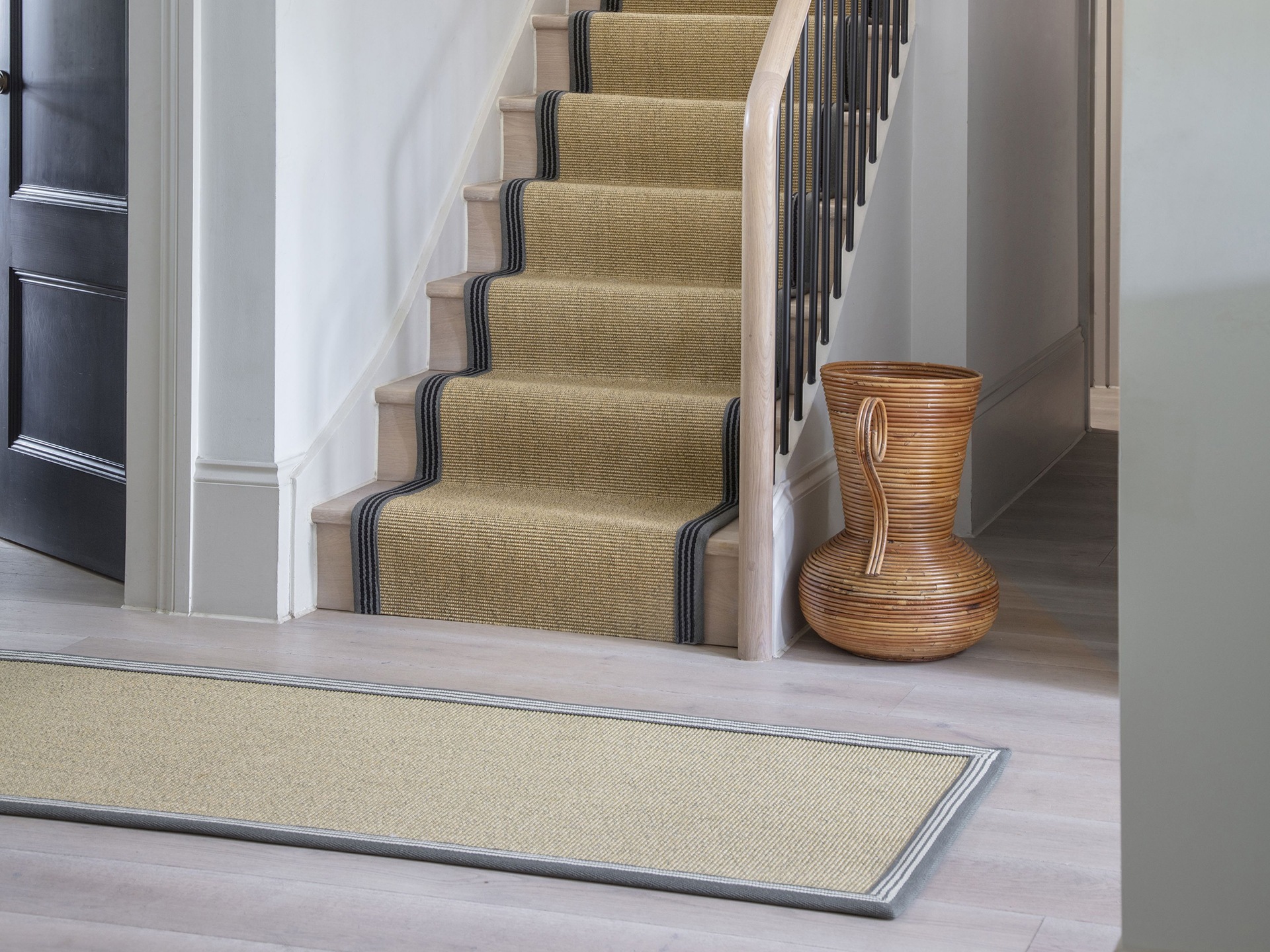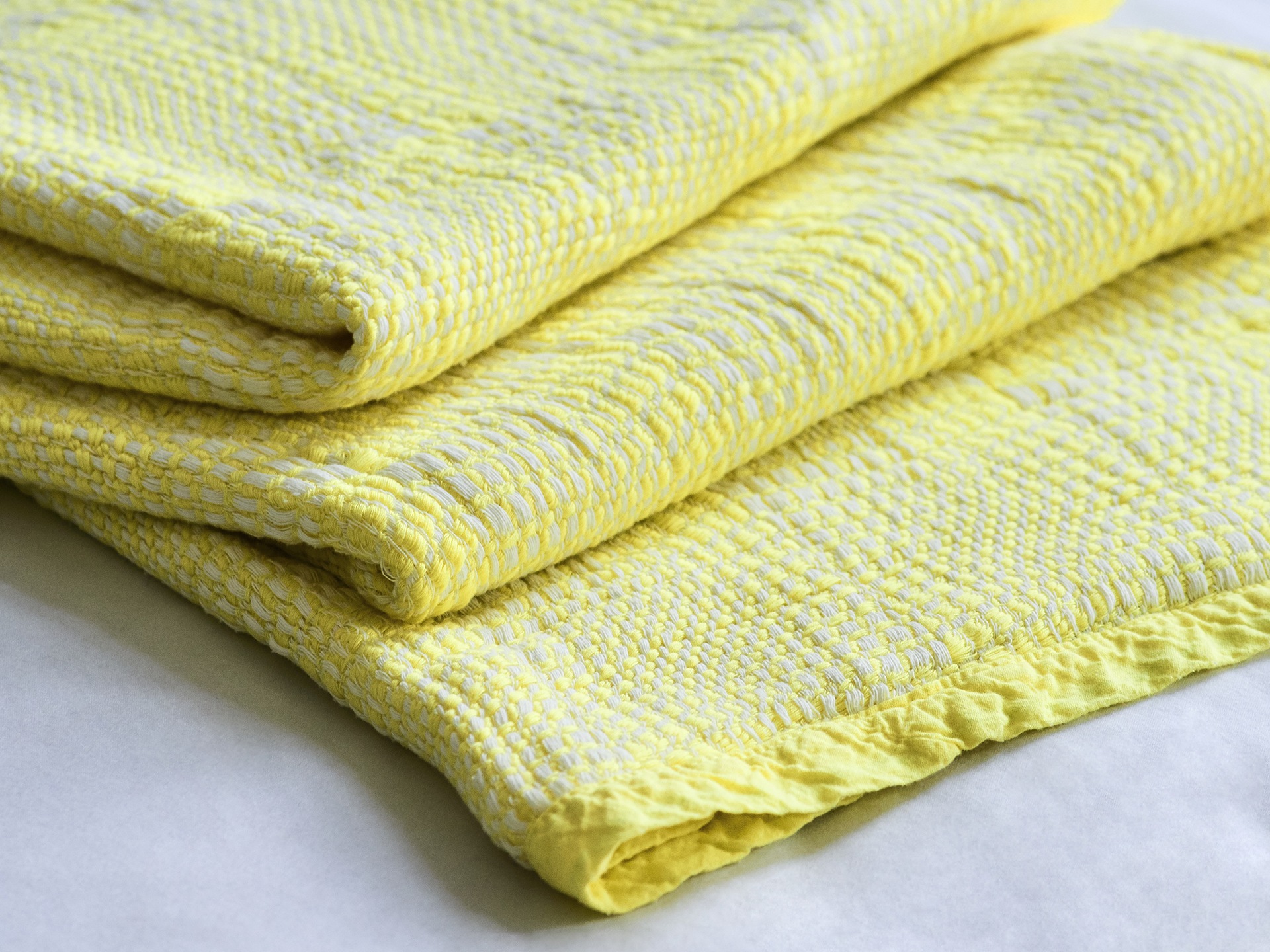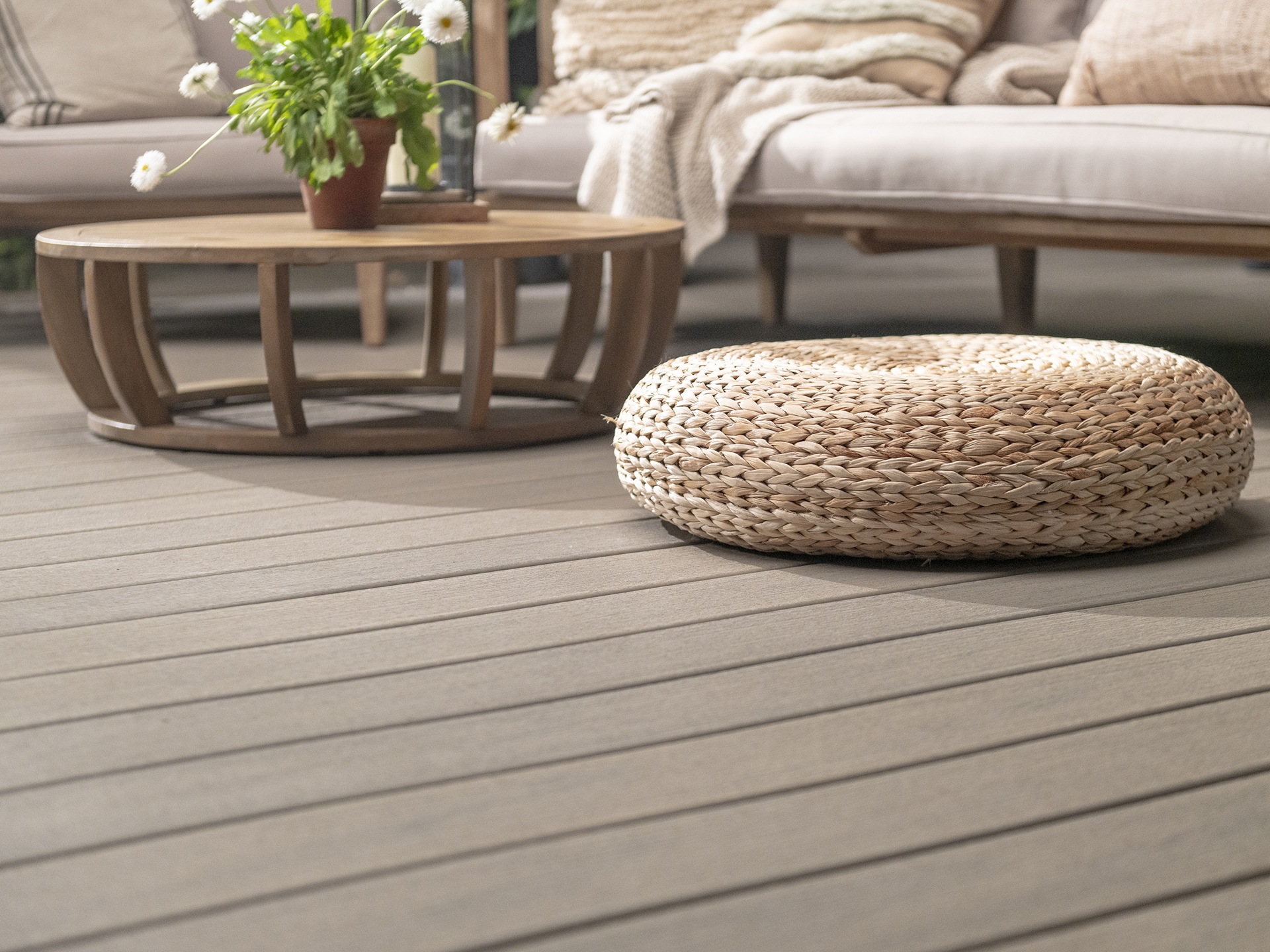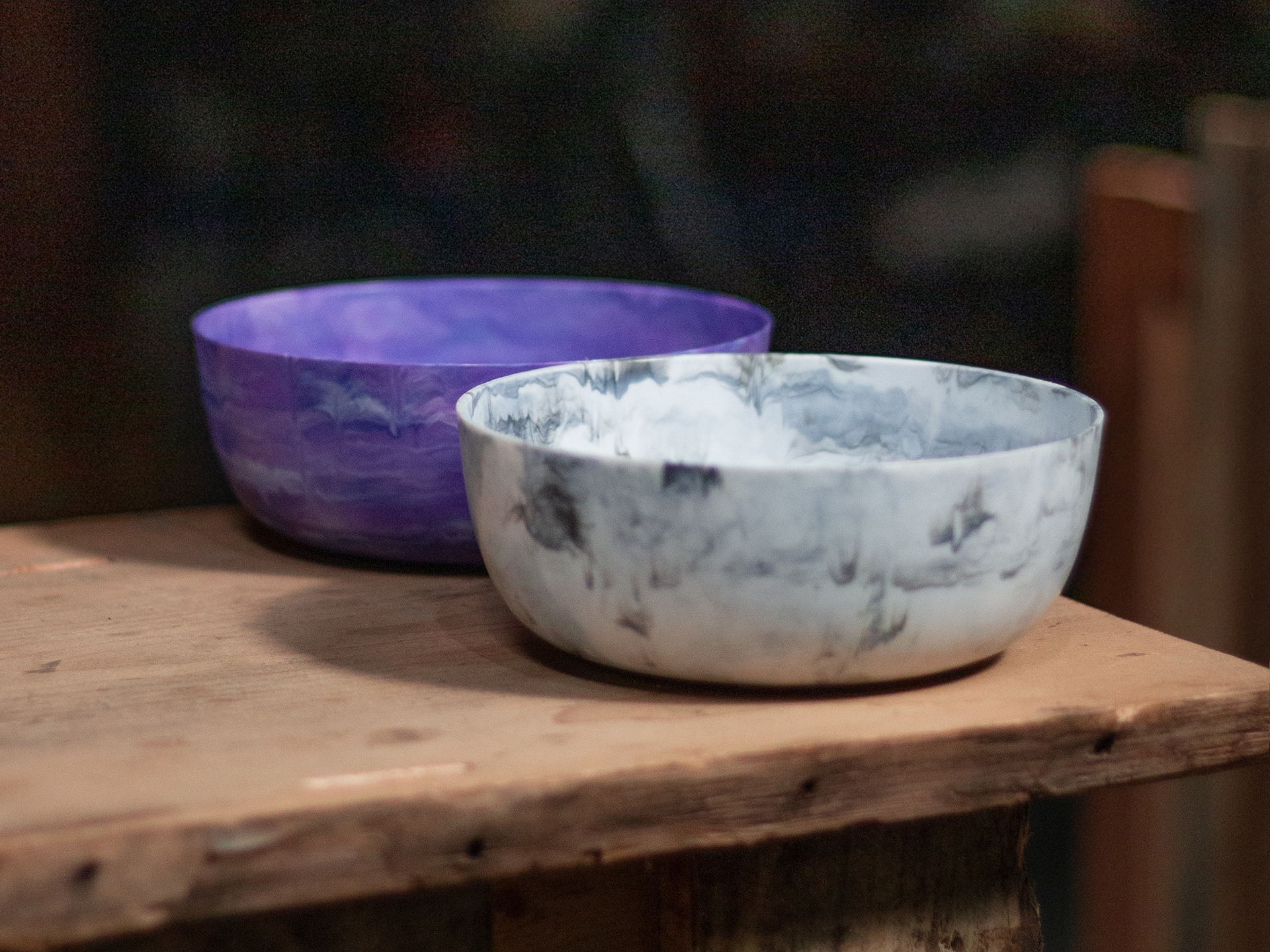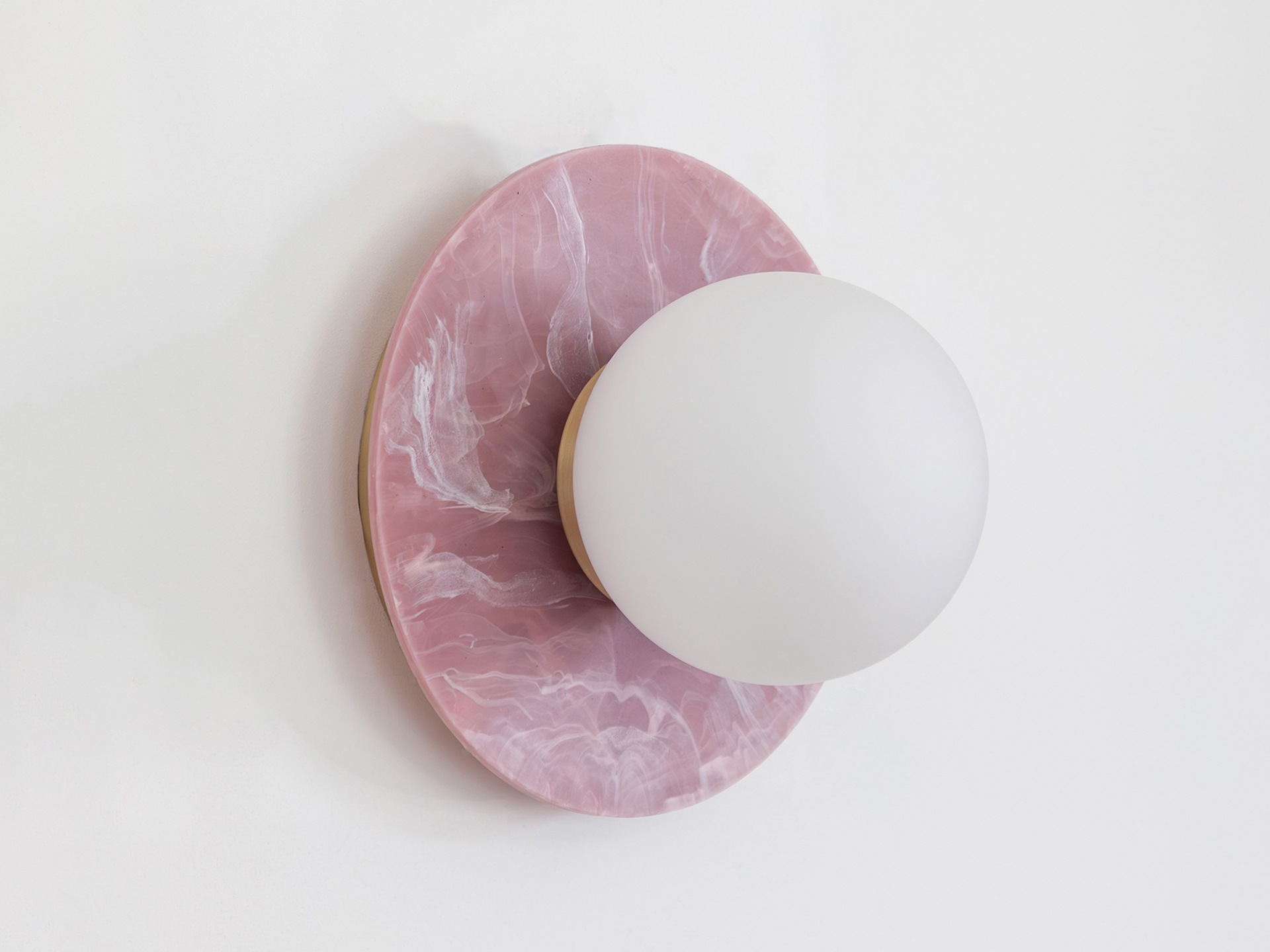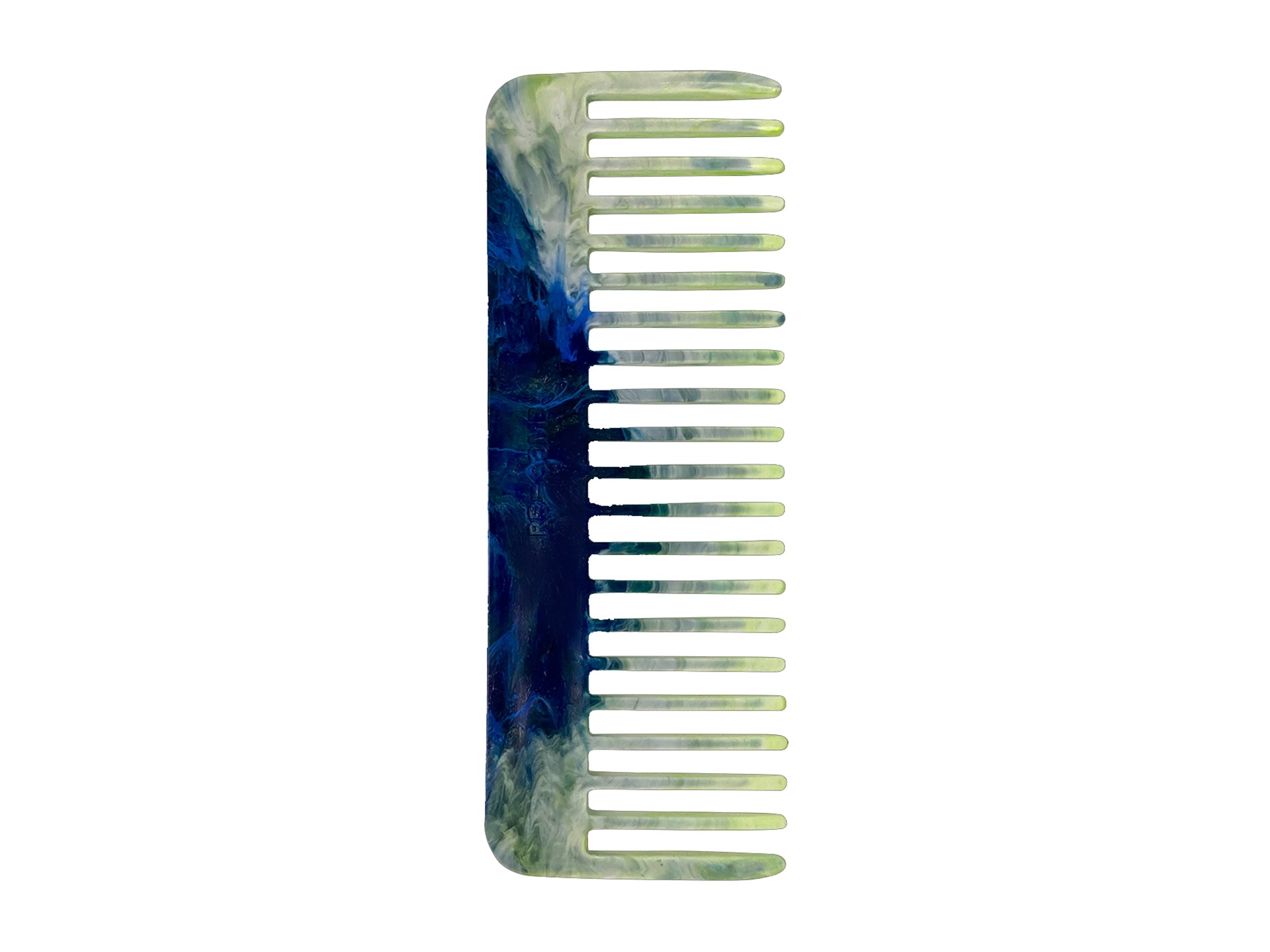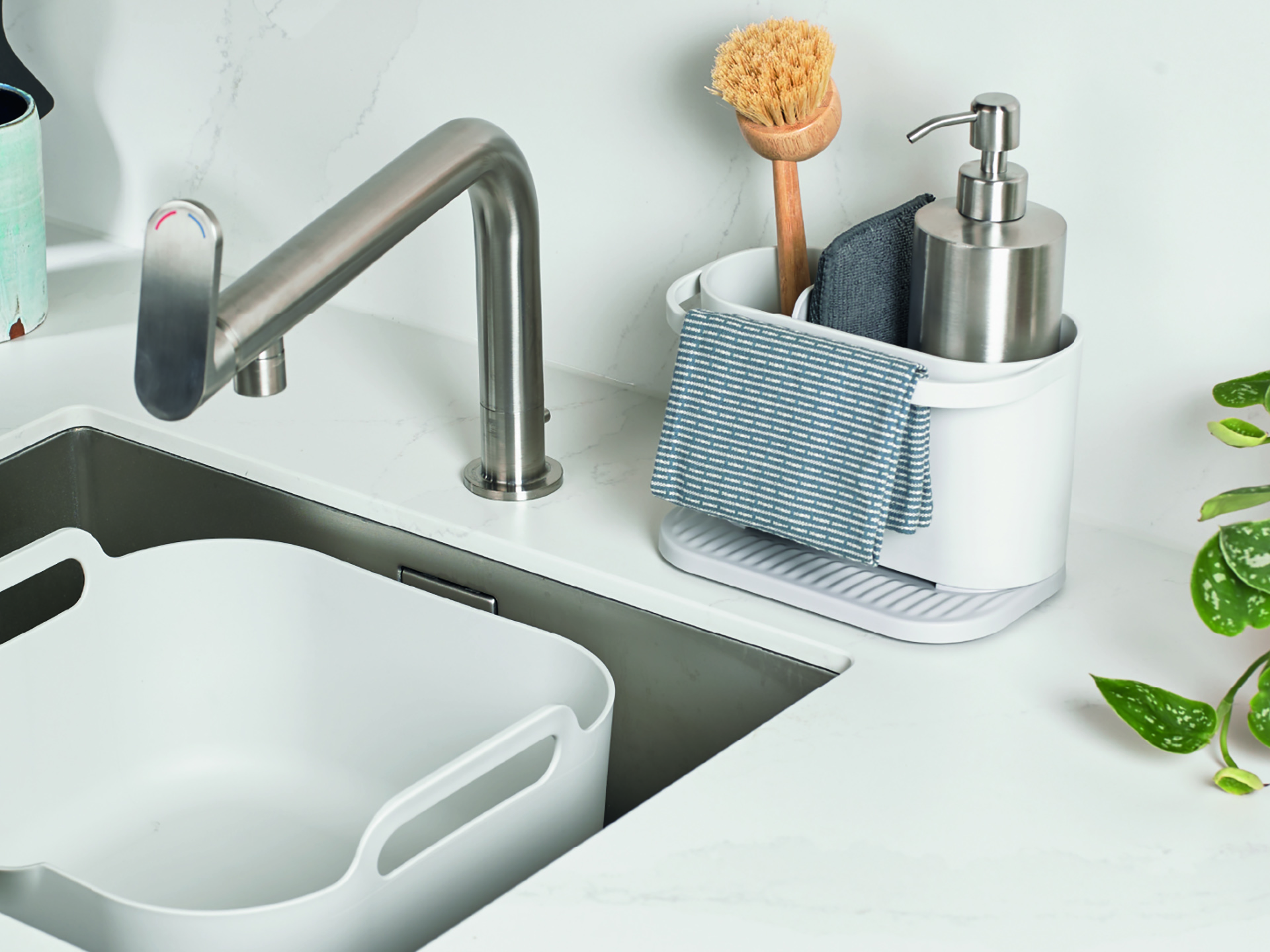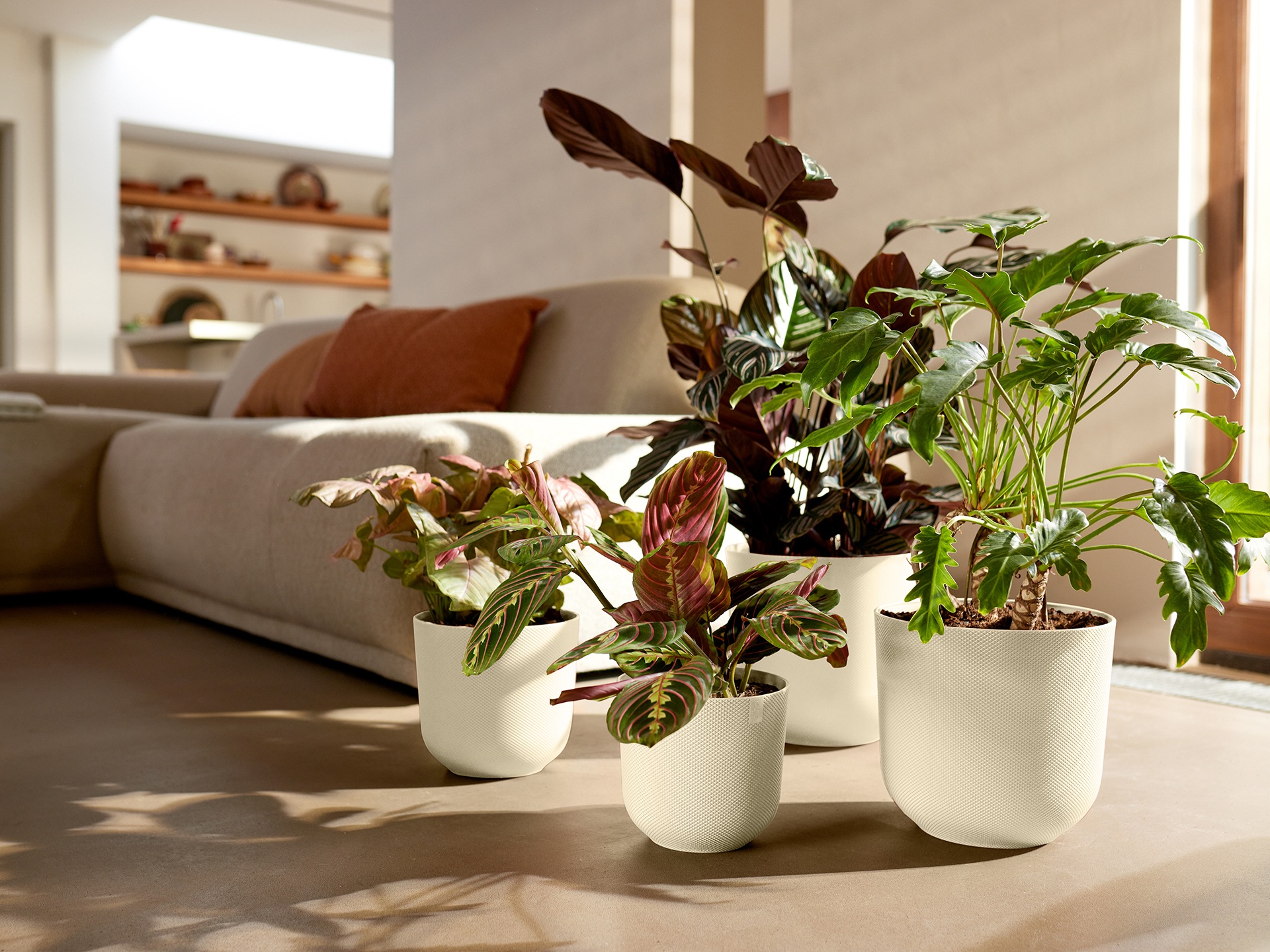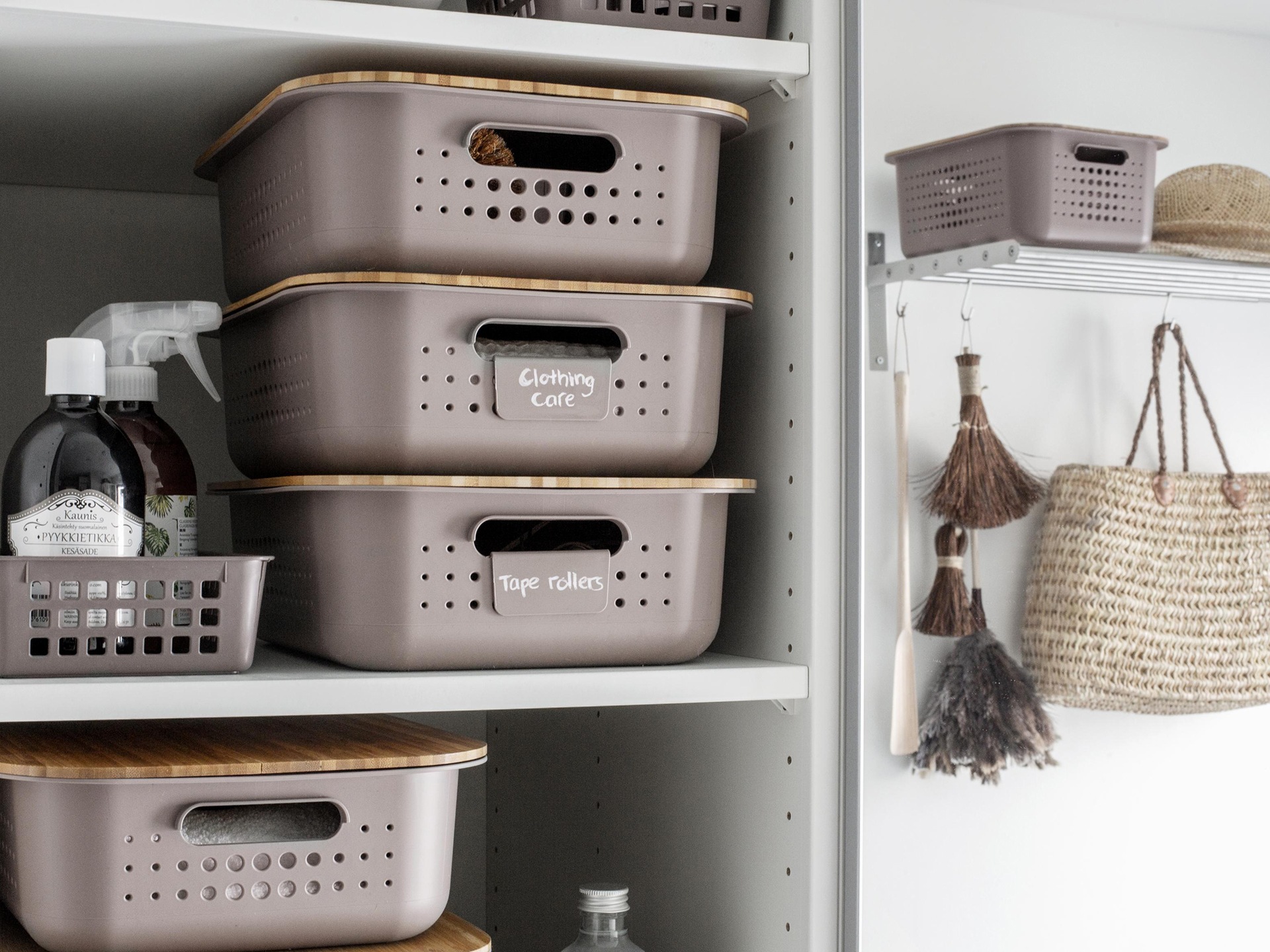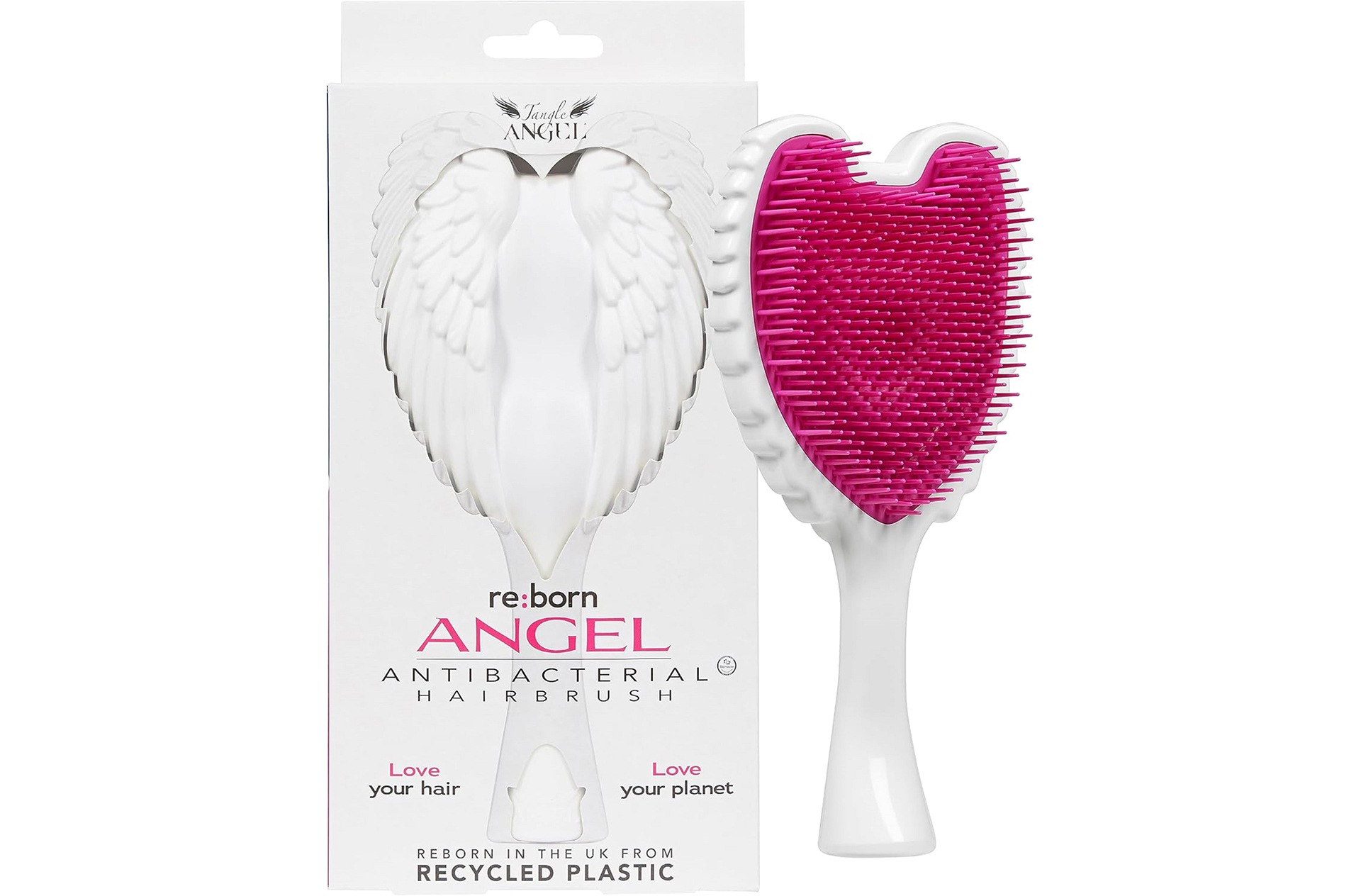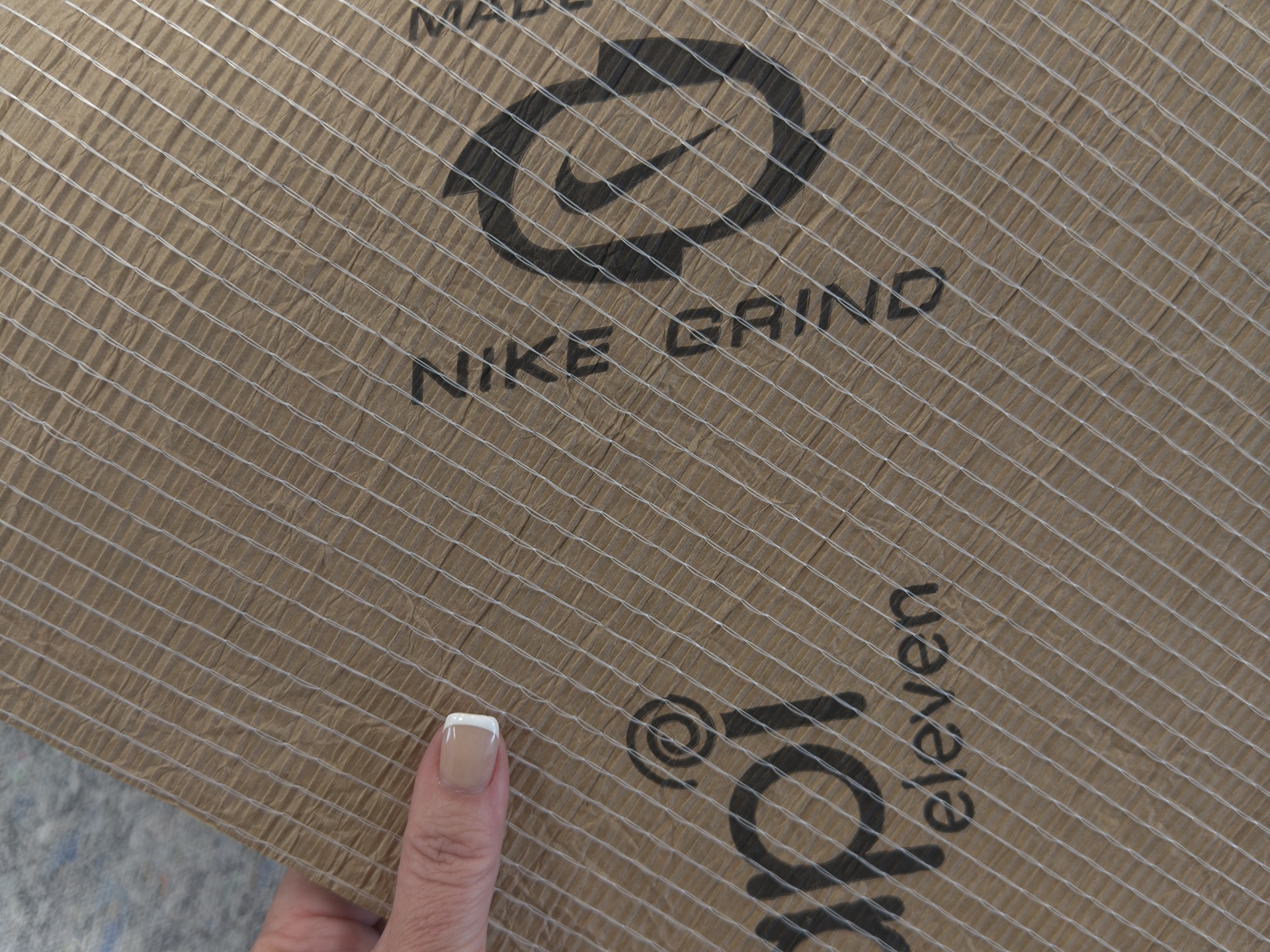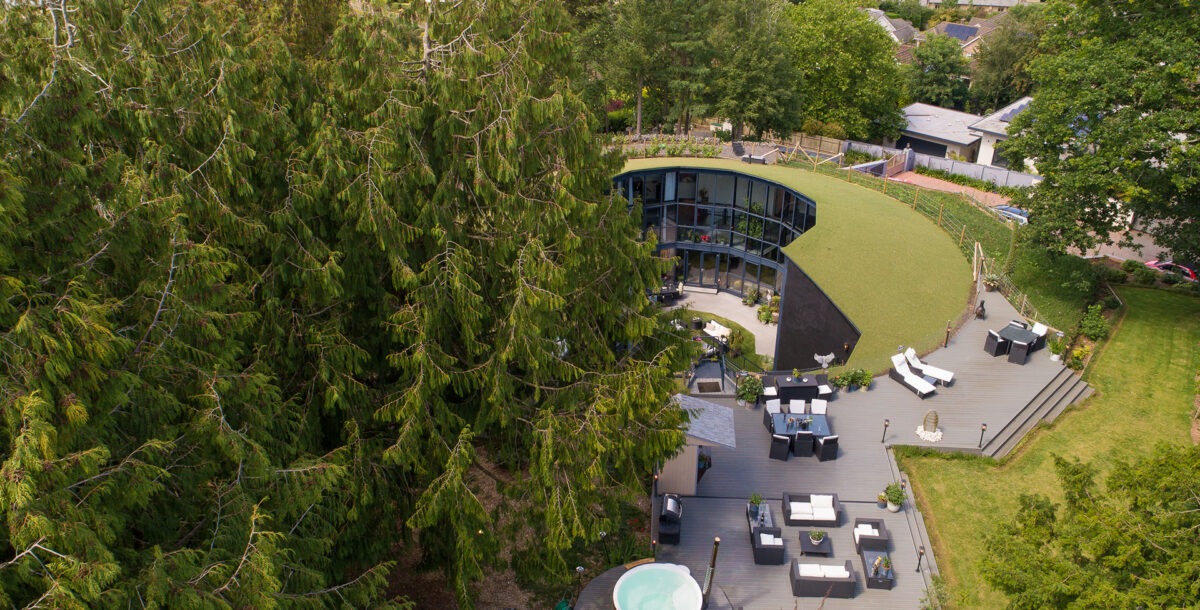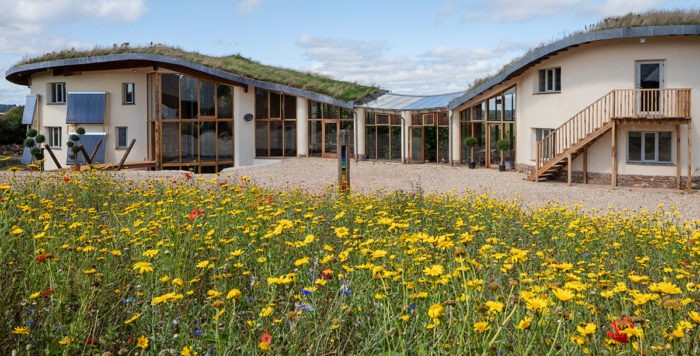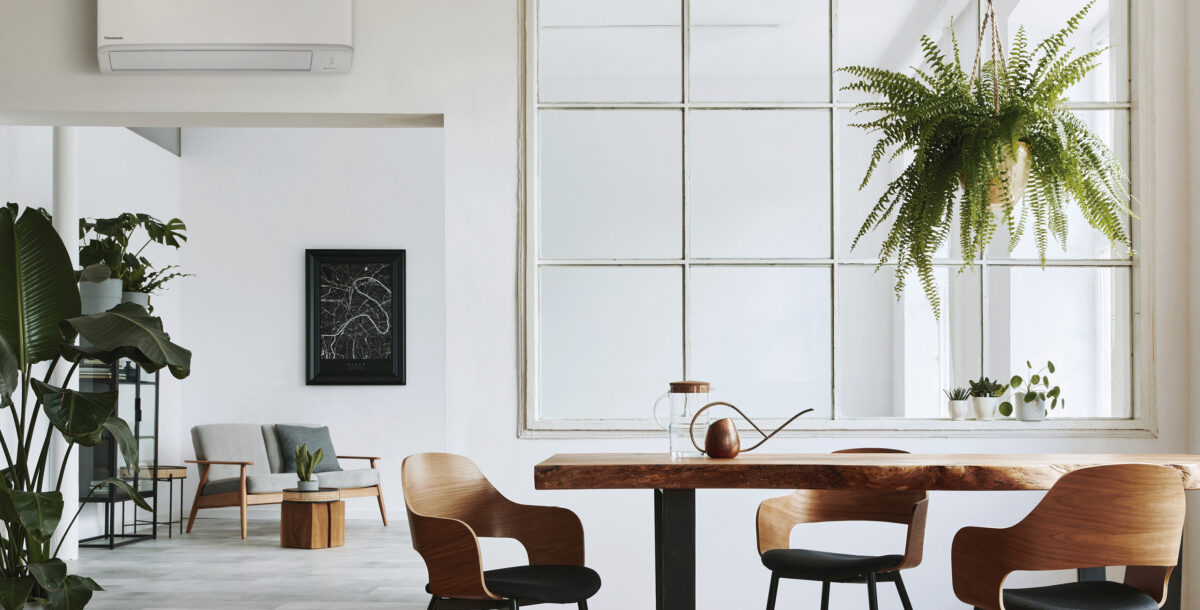Interior Design, Sustainable Design
19 recycled-plastic homewares that prove sustainable CAN be stylish
Big brands and artisanal companies have learned how to work with waste plastic to make some of the most beautiful – and sustainable – products around. We’ve picked some of the best...
It’s a long time now since anyone thought of plastic as fantastic. Since the 1950s when plastic first started to be used widely, seven billion tonnes of the stuff has been made, and only about 10% of that has been recycled.
That makes for a LOT of waste, which often turns up as plastic pollution that can take hundreds of years to break down.
But a new generation of craftspeople and pioneering companies have learned how to recycle plastic and turn it into useful and beautiful new things. Here are some of our favourites…
In recent decades we’ve become increasingly aware of the many issues created by the ubiquitous, virtually indestructible stuff.
Useful for a multitude of purposes in the modern world, it’s cheap and easy to manufacture from petrochemicals without any consideration of the carbon footprint involved or the long-term consequences of its long lifespan.
Plastics in the UK
In 2021 2.5 million tonnes of plastic packaging waste alone were generated in the UK.
That’s 100 billion individual pieces of packaging or 66 items per household, per week. And that’s just half of the 5 million tonnes of plastic generated in this country each year.
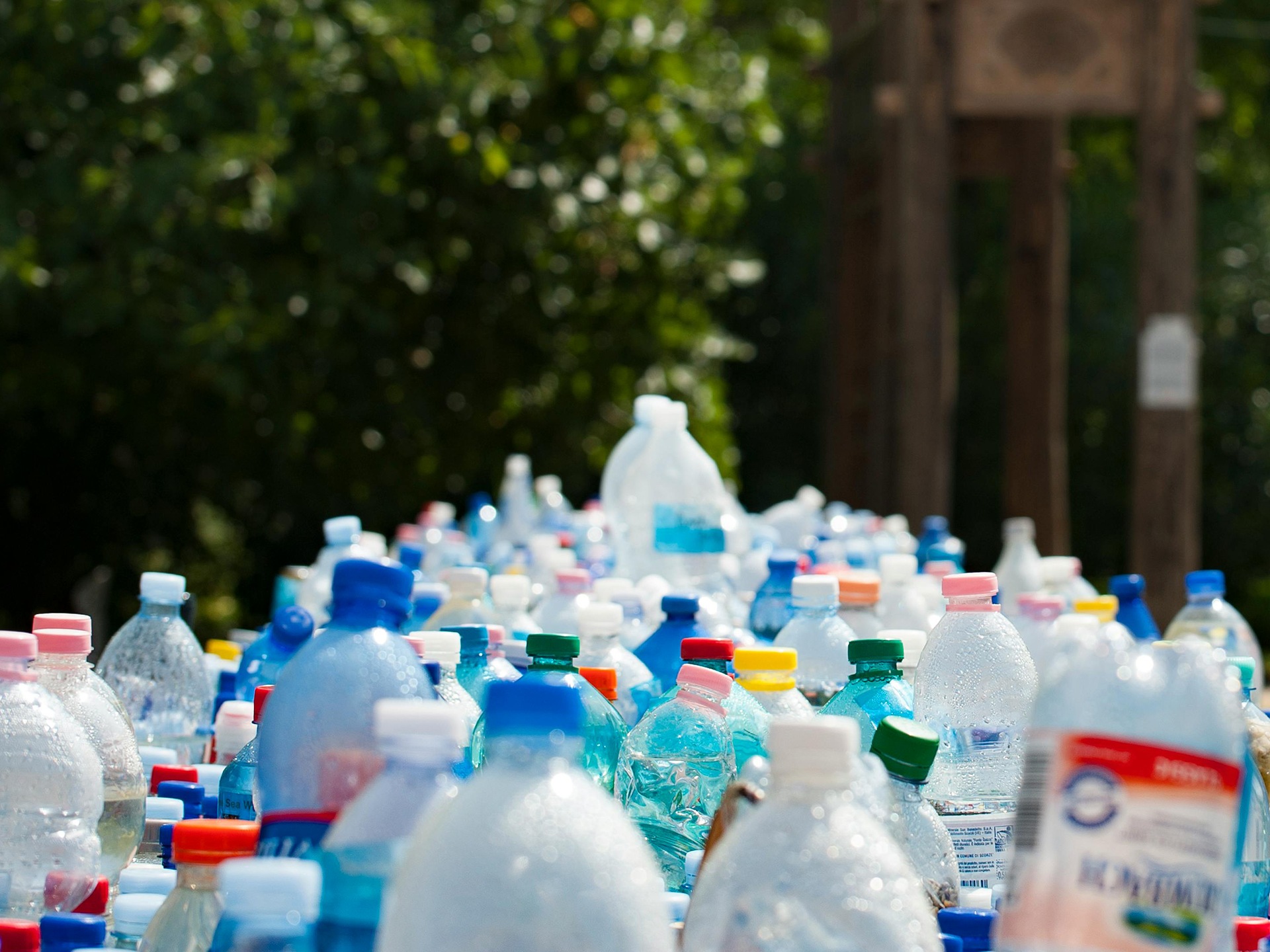
Image credit: Pexels/Mali Maeder
Typically, almost half the UK’s plastic waste ends up being burnt – releasing huge quantities of CO2 as well as various other unpleasant gases – and a quarter ends up in landfill.
Just 12 % is recycled in UK recycling facilities.
The rest ends up as litter/pollution or gets shipped abroad ostensibly for processing, though there are few guarantees about what happens to it overseas.
What’s the problem?
Why so little recycling?
- Some of the waste that we throw away is not easy to recycle – some types of plastic are just difficult to recycle, though new chemical recycling techniques are extending the range of plastics that can be easily recycled.
- Some waste is too dirty or contaminated to recycle easily.
- There are few recycling facilities available for some types of plastic.
- There isn’t enough total capacity in the UK plastic recycling industry to cope with all the plastic we throw away.
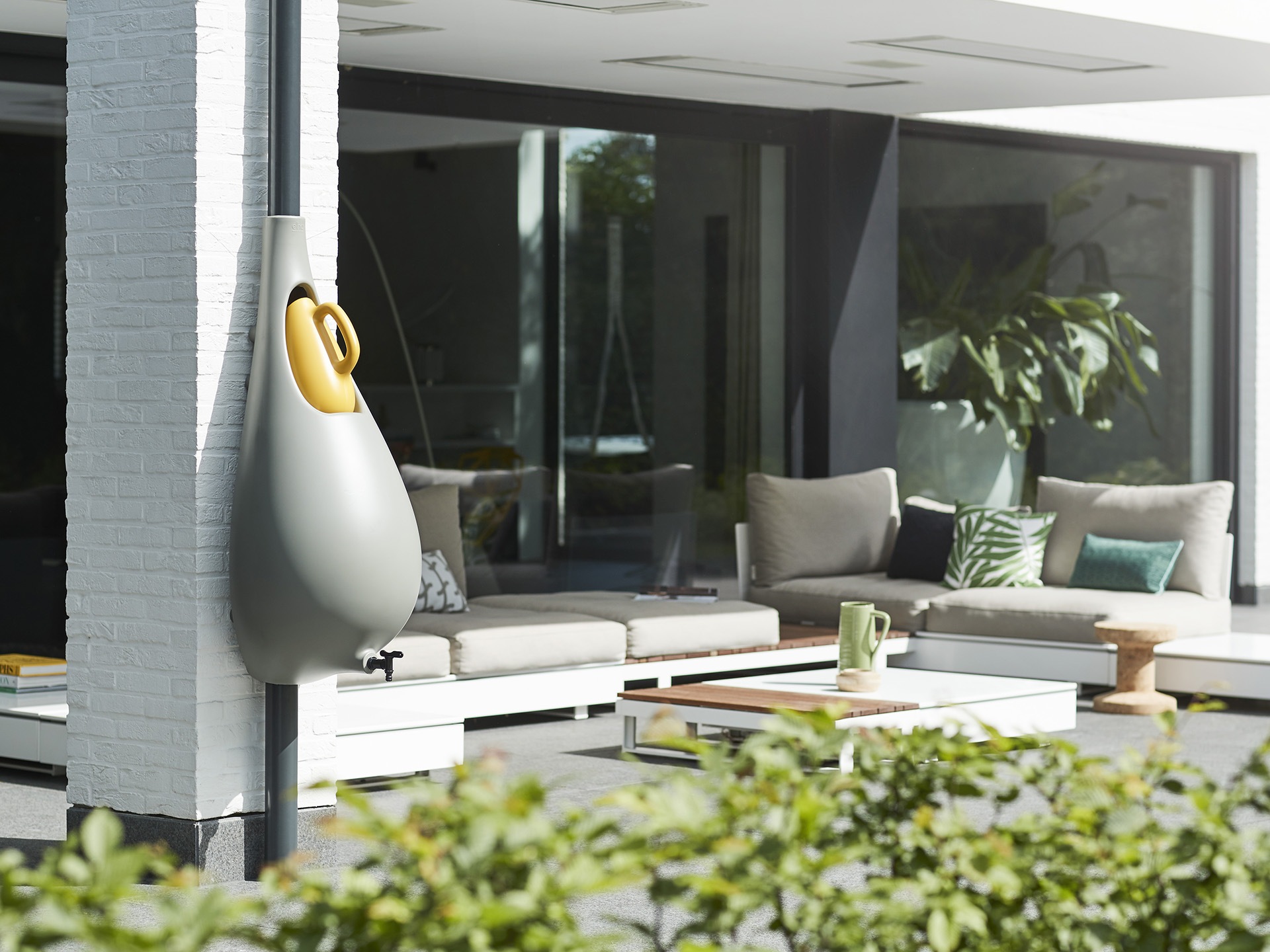
The 70l Pure Raindrop from elho is a stylish take on the rainwater butt
Global problem
Around the world, 430 million tonnes of plastic are produced each year. Two thirds of this is single-use plastic, designed to be used just once then thrown away.
And, despite recycling schemes, about half of the world’s plastic waste ends up in landfill, and another fifth ends up as litter/pollution.
Plastic is ubiquitous, used in pretty much every industry, but there are some industries that generate particularly large volumes of plastic waste, including packaging, fishing and farming.
Problematic plastic
Plastic is problematic for many reasons:
- An unsustainably large amount of plastic ends up in landfill – and most of it isn’t going to biodegrade any time soon.
- Pollution – about a fifth of plastic is just thrown away and ends up polluting the land, waterways or the sea, and creating major problems for – often killing – wildlife.
- Microplastics – tiny pieces of plastic waste create a whole other set of problems. Some were designed to be tiny, such as the exfoliant particles in beauty products; others are generated by wear and tear on plastic goods like bags or bottles, or by washing synthetic fabrics. We know most about the effects of microplastics on marine life as these have been studied the most so far. They have been shown to disrupt reproductive systems, stunt growth, reduce appetite, and cause inflammation and liver damage. We don’t fully understand yet the health impact of the many microplastics we ourselves are ingesting – in the air we breathe, the water we drink, and food we eat. But, looking at the effects on marine life, it’s unlikely to be positive…
- Plastic is made from oil, a fossil fuel – and the process of producing plastic is energy intensive and produces lots of CO2. Recycling plastic produces 80% less carbon emissions than making new plastic from virgin materials.
Solutions
So what are the solutions?:
- Replacing plastic with other more sustainable materials such as paper, card, glass, or new plant-based plastic substitutes.
- Reusing plastic goods – designing them to be reusable so they have a longer lifespan and don’t end up in landfill.
- Recycling plastic – many types of plastic can be recycled.
Recycling plastic is both easier and harder than you might think.
Some types really are pretty difficult to recycle, others are so simple to recycle that you could even give it a go yourself using nothing more technical than your oven or a panini press (though you should always follow safety advice from experts like Brothers Make – see below if you want to have a go yourself).
Mechanical plastic recycling
There are some good videos on YouTube explaining how to do it. Check out the excellent ones from Brothers Make, some of whose handmade stylish recycled plastic goods you can see above and below.
Their YouTube channel is packed with great ‘how to’ videos on how plastic recycling works.
The basic stages of mechanical recycling plastic involve:
- Collecting plastic waste from domestic or industrial settings.
- Sorting it into different types.
- Cleaning it – so that no dirt, food, labels, glue or bottle contents remain to contaminate the recycled plastic.
- Shredding it – specialist companies such as Plasticpreneur make equipment designed to do this.
- Melting it – providing the plastic has been well cleaned, you work in a well ventilated space, and as the plastic is only melted rather than set on fire, this is generally safe.
- Forming it into a new shapes using moulds.
This is how it is done on a small scale, but the stages are basically the same for industrial-scale recycling. The molten plastic can also be spun into yarn then woven into fabric.
Artisan makers
There is an increasing number of small companies who are using an artisanal approach to making stylish, handcrafted products using recycled plastic made from waste they collect in their local area.
The objects they make tend to have a distinctive marbled appearance and each piece is usually handmade and unique.
Some companies to check out are:
- Brothers Make,
- re=comb, who make lovely – you guessed it, combs,
- Spark and Bell, Brighton-based makers of all kinds of lovely lighting, including elegant wall and pendant lights featuring recycled plastic, even CD-case shards – see main image at top of page and below.
Precious plastic
You can find them and other similar companies on the Precious Plastic website and Insta @realpreciousplastic.
They have a map showing small companies all over the world working with recycled plastic, as well as lots of information for anyone who wants to give it a go themselves.
Firms with a sustainable purpose
At the same time, some larger companies are also getting with the programme and replacing the plastic in their products with recycled plastic.
Some of these are B-corp companies or others that have a commitment to sustainability at the heart of their mission.
Think of ReBorn the new British homewares company that makes all its stylish homewares in the UK from industrial plastic waste from the UK.
Brian Walmsley, Founder of ReBorn, says,“Many of the products we buy for our homes in the UK are imported from the Far East, and made from virgin materials.
That’s why we wanted to do things differently: we make everything locally in the UK from recycled materials.
This is a great way to avoid waste going to landfill, reduce carbon emissions and support the local economy too.”
Or think of elho, the Dutch plant container and plant pot manufacturer, whose products are 100%-recycled plastic.
Their containers are made from 60 % recycled consumer waste and 40% industrial waste plastic, and the firm has worked hard to develop new techniques suited to working with recycled plastic at an industrial scale.
These ethically-driven companies are also usually keen to ensure that their products are easy to recycle once they reach the end of their life.
Other, more mainstream, companies are adopting recycled plastic more slowly, perhaps making part of their products from recycled plastic, or incorporating a percentage of recycled material into the plastic they use.
This is a positive development, though some might say it’s not happening fast enough…
Play your part
The numbers in the recycling symbols on plastics identify what type of plastic each is.
This will help you work out whether a specific item can be recycled or not. Different councils have different rules about what plastics they will accept.
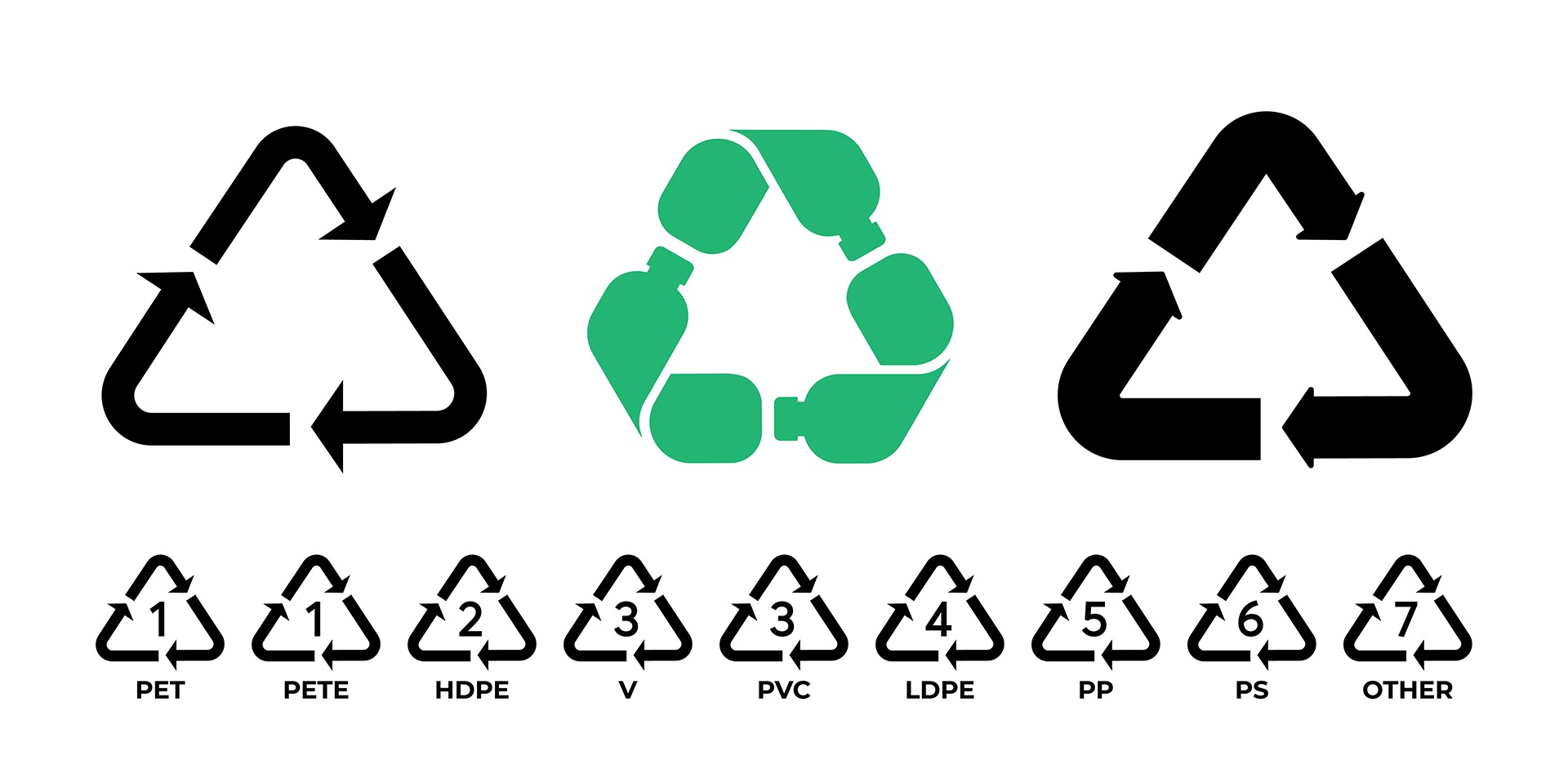
Image credit: Adobe Stock Each number indicates a different type of plastic
Find out more about how/where to recycle your plastic at PlasticRecylingFacts.org
Recycle Now is another useful source of information about what you can recycle and where.
Read more:

